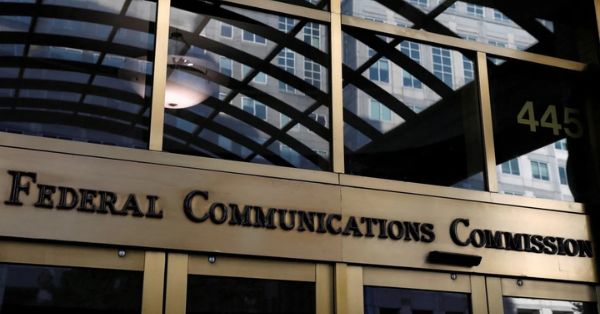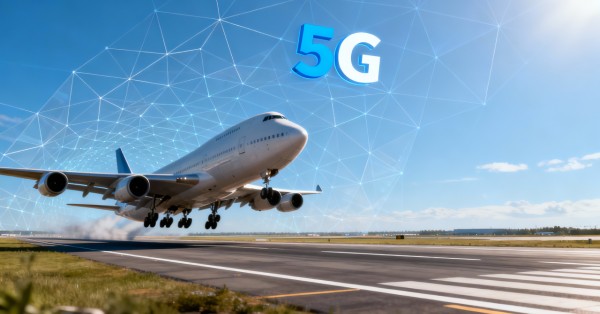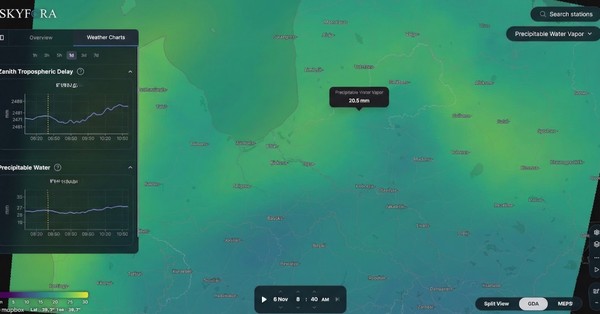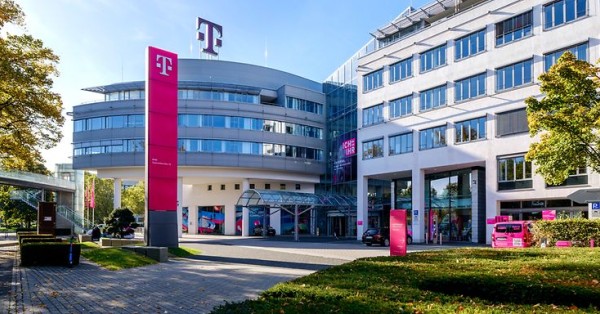FCC moves against HKT’s Section 214 authority: what’s changed and why it matters
The U.S. Federal Communications Commission (FCC) has opened a proceeding to revoke HKT International’s Section 214 authorizations, citing national security concerns tied to its affiliations and the evolving U.S.–China risk posture.
FCC show-cause order and HKT’s affiliations explained
The Commission issued an order directing HKT International (the international carrier arm associated with Hong Kong Telecom) to show why its domestic and international Section 214 authority should not be terminated, effectively challenging the company’s right to provide services to and from the U.S. market. Regulators framed the move within a broader campaign to keep entities viewed as controlled or influenced by the Chinese state off U.S. networks, noting HKT’s linkages in the region and its affiliation with China Unicom’s U.S. unit, which already appears on the FCC’s Covered List under the Secure and Trusted Communications Networks Act. While HKT is a Hong Kong incumbent historically connected to PCCW/HKT and the Console Connect (formerly PCCW Global) ecosystem, it is HKT International’s specific authorizations and affiliations now under scrutiny.
How Section 214 works and why precedent points to revocation
Section 214 authority is the gatekeeper for carriers to originate, terminate, or carry traffic that touches the U.S., including wholesale voice, IP transit, subsea capacity backhaul, and certain enterprise connectivity. Over the past five years, the FCC—often in coordination with the interagency “Team Telecom” group (DOJ, DHS, DOD)—has revoked or denied comparable permissions for China Telecom (Americas), China Unicom (Americas), and Pacific Networks/ComNet, among others, after similar “order to show cause” phases. In each case, the Commission cited unresolved national security risks, insufficient mitigation, and concerns over lawful intercept compliance and government influence. The HKT action follows that playbook.
Why carriers and enterprises must act now
The next 60–120 days could reshape interconnection routes, roaming relationships, and wholesale arrangements touching Hong Kong-to-U.S. traffic paths.
Operational exposure: interconnects, roaming, subsea routes
If the FCC ultimately revokes HKT International’s 214 authority, U.S. carriers would be compelled to unwind interconnection agreements, and HKT would need to cease U.S.-inbound and outbound services. That impacts wholesale voice termination, A2P messaging paths, IP transit/peering, and enterprise MPLS/SD-WAN circuits that traverse HKT-provisioned segments connected to U.S. points of presence. While undersea cable capacity ownership does not automatically confer 214 authority, carriers commonly pair capacity with 214-backed backhaul and service wraps; any revocation, therefore, forces rerouting and contract redesign. Roaming for U.S. subscribers in Hong Kong and for HKT’s customers in the U.S. could also require alternative partners.
Contract, compliance, and data handling risks
Procurement teams should treat 214 revocation risk similarly to a sanctions or Covered List event: assess change-in-law clauses, service-level obligations, and exit rights, and line up contingency suppliers to maintain reachability and latency targets. Compliance teams should map where HKT touches regulated data paths (e.g., lawful intercept, emergency services interworking, CALEA obligations) and prepare attestations for customers, especially in financial services and critical infrastructure, on how traffic will be rerouted and audited.
Strategic context: U.S.–Hong Kong telecom decoupling accelerates
This proceeding underscores that U.S. network security policy is treating Hong Kong carriers more like mainland-controlled entities as geopolitical risks converge.
Consistent enforcement across Chinese-linked carriers
The FCC has steadily tightened the perimeter since 2019: denying China Mobile’s application, revoking China Telecom (Americas) and China Unicom (Americas) authorities, and directing removals of covered equipment under the Secure Networks program. Team Telecom has also added conditions and delays to subsea cable licenses that land in or traverse sensitive jurisdictions. The HKT International case fits that arc: an initial show-cause order, expected Executive Branch risk assessments, and a high bar for any proposed mitigation agreement.
Reframing Hong Kong risk in U.S. policy frameworks
Post-2020 shifts in Hong Kong’s legal environment mean U.S. agencies increasingly view Hong Kong carriers through the same control-and-access lens used for PRC state-influenced firms. For risk officers, that means affiliation, governance, and data-access analyses must be refreshed: a Hong Kong domicile no longer insulates a carrier from U.S. national security determinations.
What operators, enterprises, and investors should do now
Move early to reduce single-carrier dependencies, harden routing, and de-risk contracts before any final FCC order lands.
Actions for U.S. and global carriers
- Inventory all interconnects, peering, and wholesale agreements with HKT International and affiliates, including Console Connect-branded services, and quantify traffic volumes and revenue exposure.
- Build reroute plans across alternate partners for voice, messaging, IP transit, and enterprise backhaul; pre-negotiate capacity at likely choke points (e.g., Tokyo, Singapore, Los Angeles, San Jose).
- Prepare customer communications and OSS/BSS change scripts to migrate prefixes and trunks with minimal disruption.
Guidance for multinational enterprises and cloud teams
- Ask providers to attest to their use of HKT in service chains; require explicit reroute and latency-impact plans for Hong Kong–U.S. application paths.
- For regulated workloads, document how lawful intercept, logging, and data residency obligations will be maintained during and after any cutover.
- For mobile fleets and IoT, review roaming agreements and multi-IMSI eSIM profiles to ensure coverage continuity without HKT.
Considerations for vendors and investors
- Stress test order books tied to Hong Kong-to-U.S. connectivity and adjust revenue guidance for potential churn.
- Reassess supply chain exposure to operators on or adjacent to the FCC Covered List; expand “exit risk” scoring in due diligence.
Key milestones and regulatory signals to watch
Outcomes typically hinge on the response timeline, interagency input, and whether the FCC entertains mitigation versus outright revocation.
HKT’s response and the FCC decision timeline
Watch for HKT International’s formal filing addressing ownership, governance, and technical safeguards; orders to show cause often set 30–60 day response windows, followed by Team Telecom reviews and a Commission vote. Any proposed mitigation agreement—if accepted at all—would likely require stringent auditing and U.S.-based data access controls; precedent suggests revocation remains the base case.
Broader regulatory spillovers to watch
Track whether the FCC or NTIA expands the Covered List to encompass additional operators or services, applies tighter scrutiny to subsea cable applications with Hong Kong landing points, or signals new conditions on roaming and interconnection with entities tied to PRC influence. State-level procurement advisories could follow federal action.
Potential reciprocity risks
Monitor for reciprocal measures by Chinese or Hong Kong authorities affecting U.S. carriers’ operations, interconnect pricing, or enterprise service approvals. Enterprises should plan for potential policy-driven latency shifts on routes that previously transited Hong Kong.
Bottom line: treat the HKT International proceeding as part of a durable U.S. policy trajectory; accelerate diversification and compliance readiness so your network and contracts can absorb another round of de-risking without business interruption.








































